A team of Italian scientists has figured out a way to turn the striking, complex twisting shapes of chaos theory into actual jewelry, according to a new paper published in the journal Chaos. These pieces aren't simply inspired by chaos theory; they were directly created from its mathematical principles.
"Seeing the chaotic shapes transformed into real, polished, shiny, physical jewelry was a great pleasure for the whole team. Touching and wearing them was also extremely exciting," said co-author Eleonora Bilotta of the University of Calabria. "We think it is the same joy that a scientist feels when her theory takes form, or when an artist finishes a painting."
The concept of chaos might suggest complete randomness, but to scientists, it denotes systems that are so sensitive to initial conditions that their output appears random, obscuring their underlying internal rules of order: the stock market, rioting crowds, brain waves during an epileptic seizure, or the weather. In a chaotic system, tiny effects are amplified through repetition until the system goes critical. The roots of today's chaos theory rest on a serendipitous discovery in the 1960s by mathematician-turned-meteorologist Edward Lorenz.
Lorenz thought the advent of computers provided an opportunity to combine mathematics and meteorology for better weather prediction. He set out to construct a mathematical model of the weather using a set of differential equations representing changes in temperature, pressure, wind velocity, and the like. Once he had his skeleton system, he kept a continuous simulation running on his computer, which would produce a day’s worth of virtual weather every minute. The resulting data resembled naturally occurring weather patterns—nothing ever happened the same way twice, but there was clearly an underlying order.
One wintry day early in 1961, Lorenz decided to take a shortcut. Instead of starting the whole run over, he started midway through, typing the numbers straight from an earlier printout to give the machine its initial conditions. Then he walked down the hall for a cup of coffee. When he returned an hour later, he found that, instead of exactly duplicating the earlier run, the new printout showed the virtual weather diverging so rapidly from the previous pattern that, within just a few virtual “months,” all resemblance between the two had disappeared.
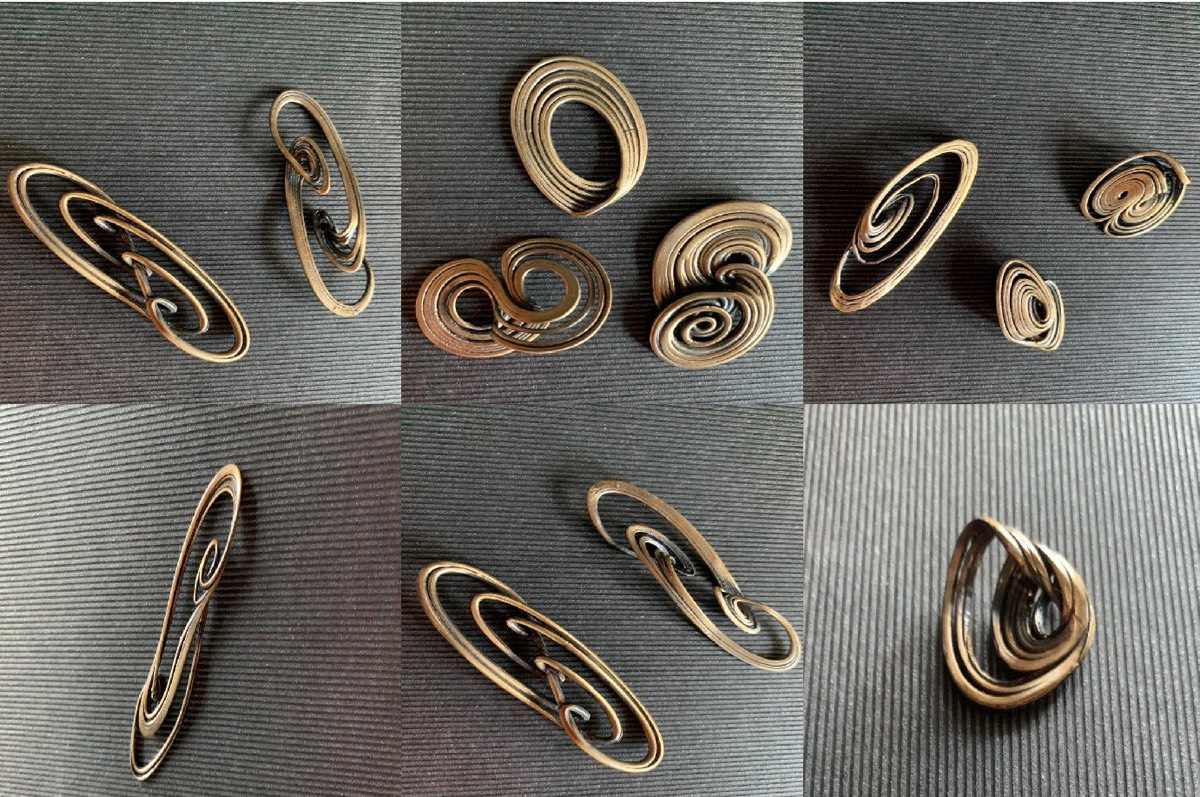
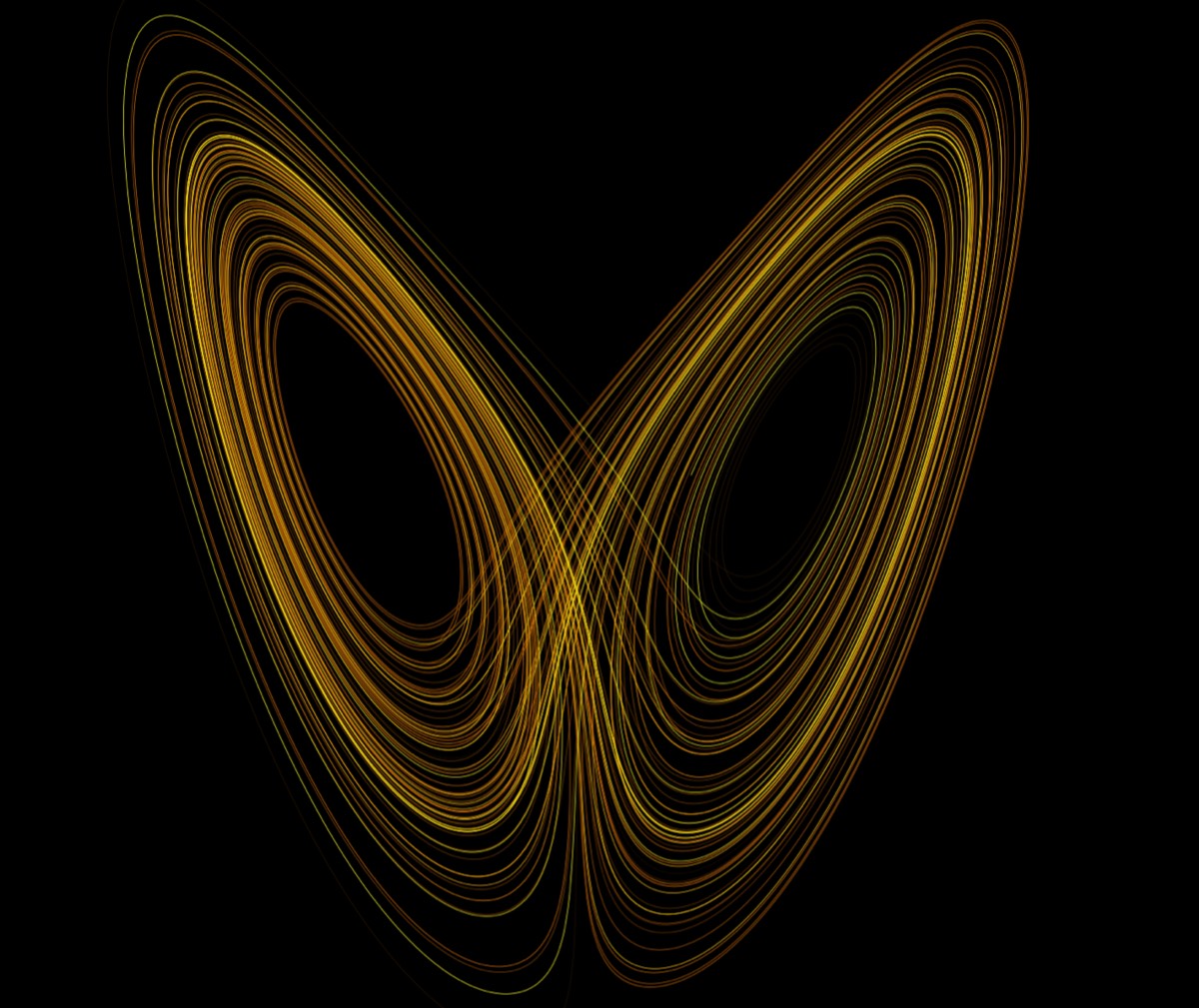
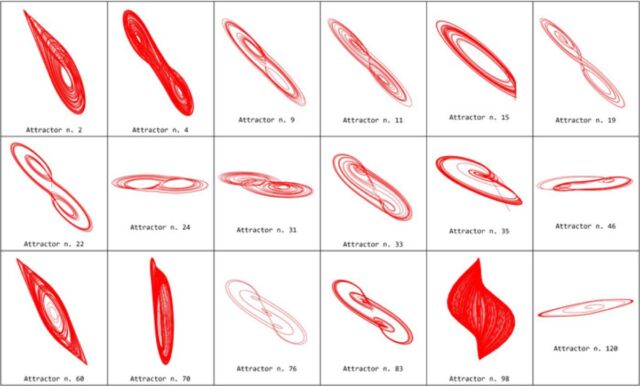
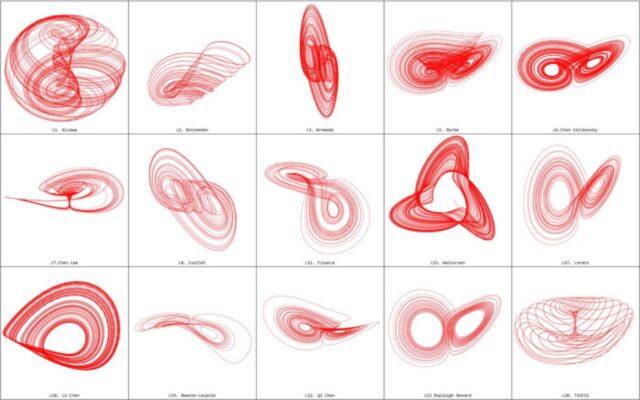
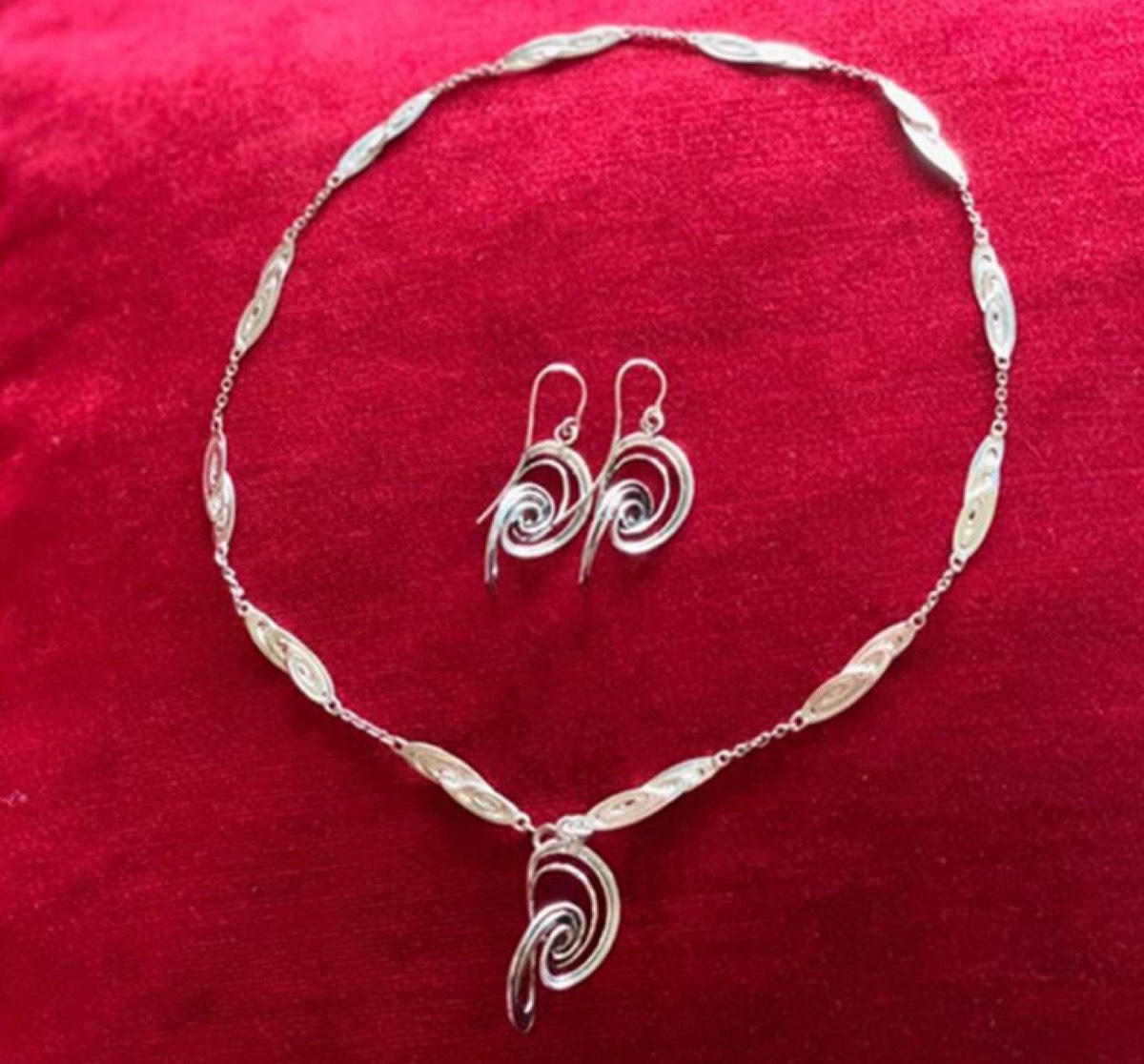
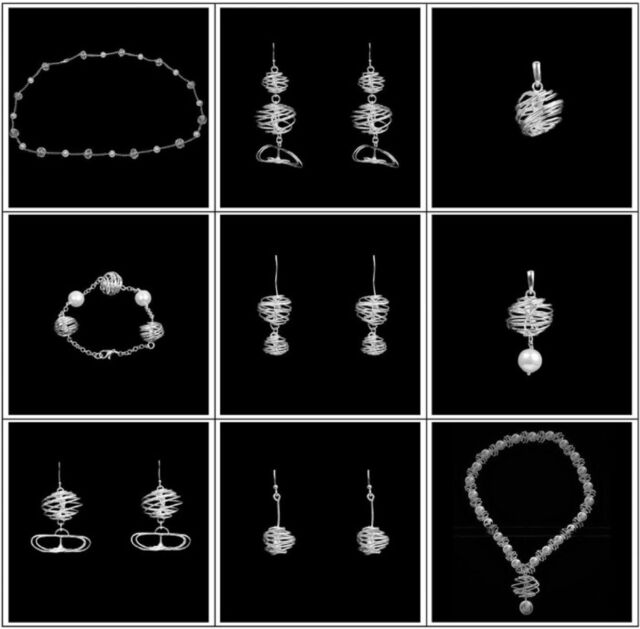
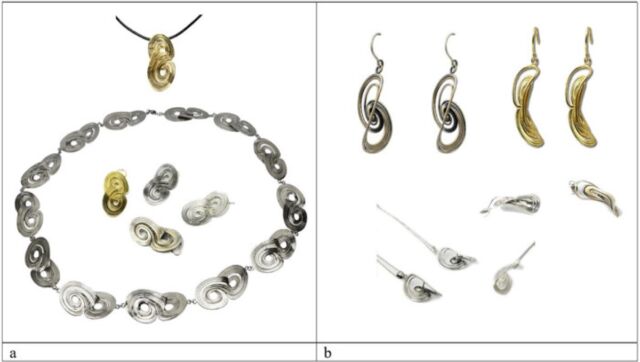
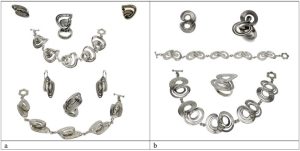
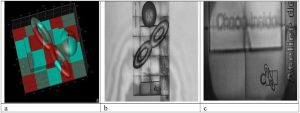

 Loading comments...
Loading comments...
